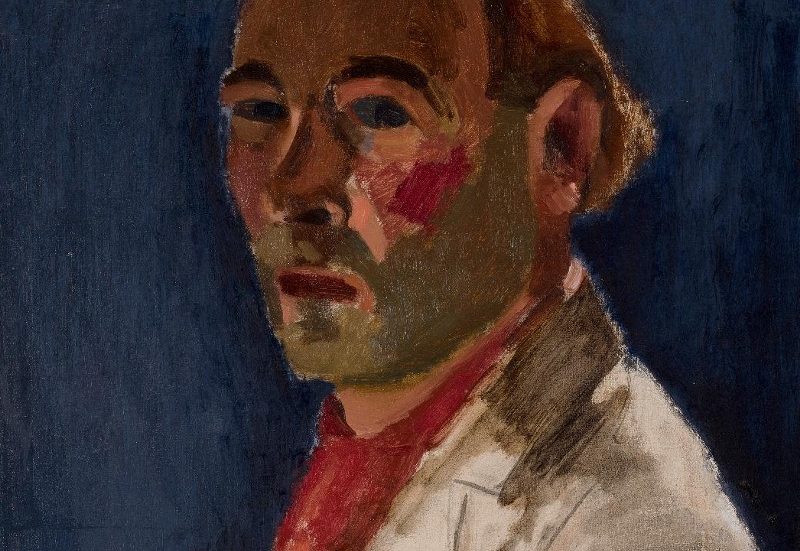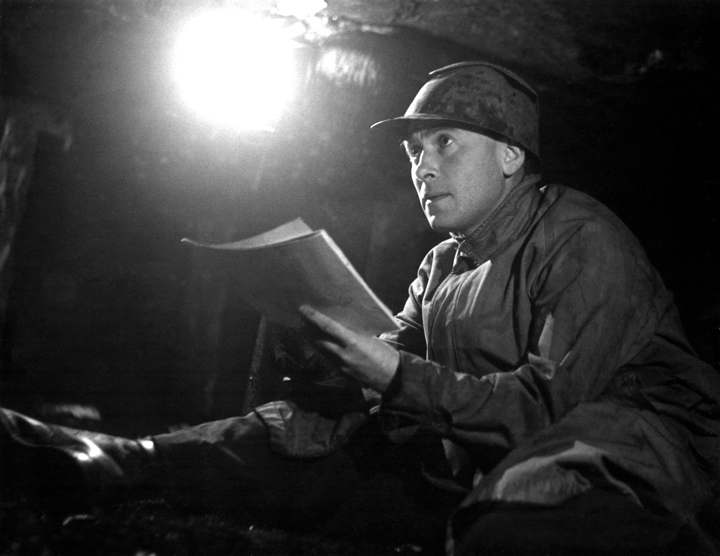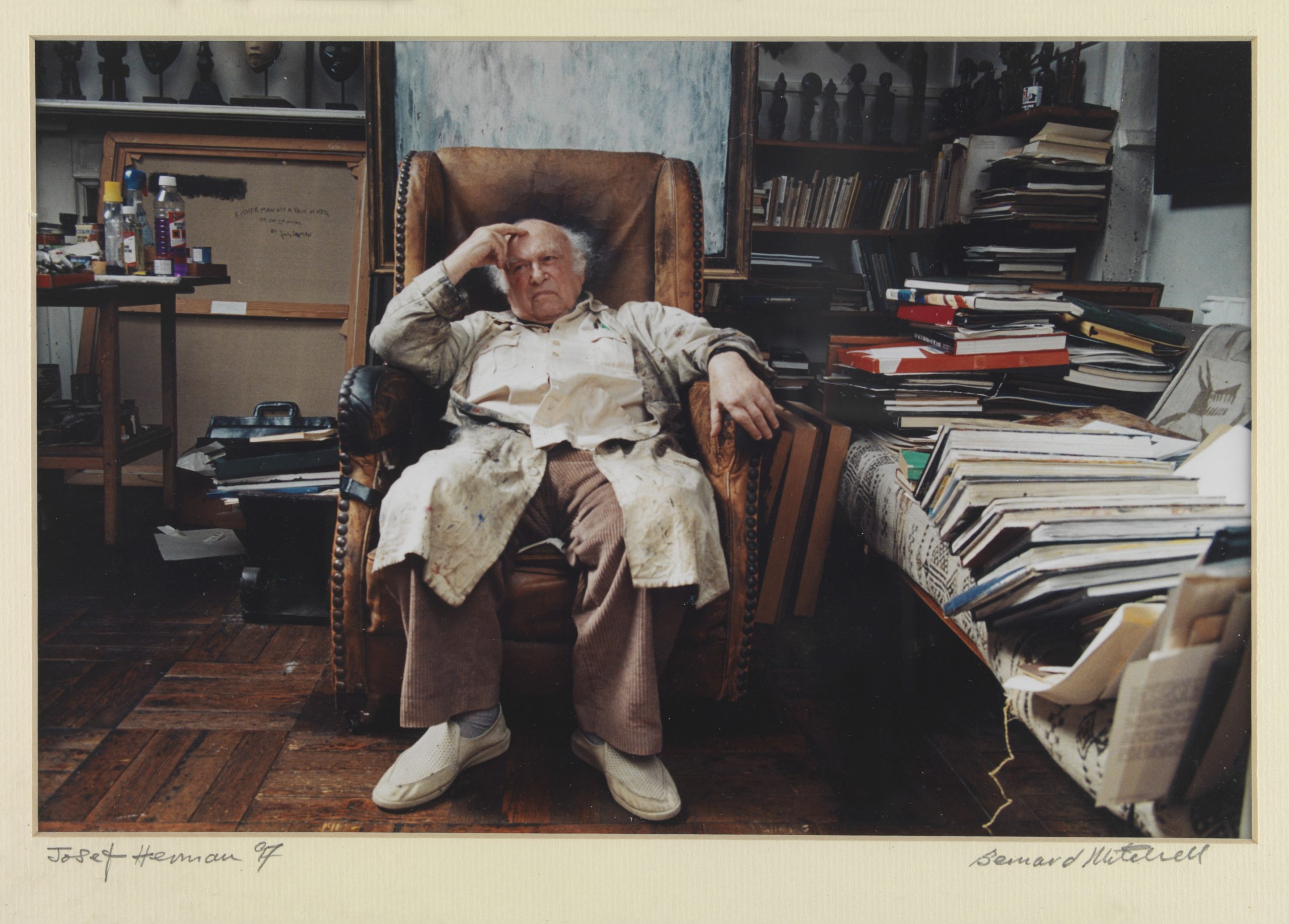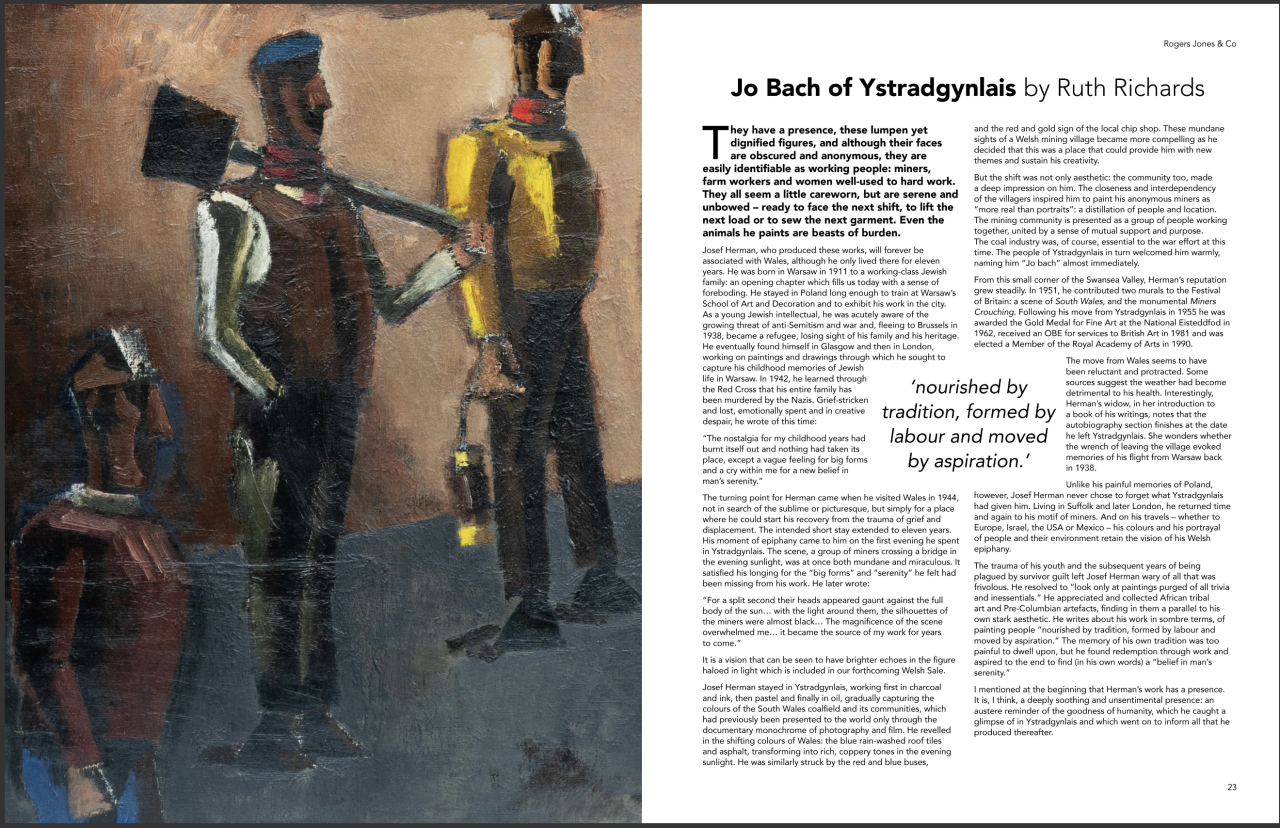‘I cannot think of living anywhere else but in Wales, midst the Welsh people to whom, more than anyone else, I have lost my heart.’

Who Was Herman
Josef Herman was a Polish born artist who is remembered for his depictions of the Welsh mining community in Ystradgynlais.
Herman was born in Warsaw, in January 1911, the eldest of three children of a poor Jewish family. He was schooled until the age of 12, becoming an apprentice printer and then an artist. He attended the Warsaw School of Art between 1930 and 1932 and exhibited for the first time in Warsaw in 1932.
Due to mounting anti-Semitism prior to the outbreak of World War II he fled from Poland to Belgium in 1938. It proved a brief haven until the Nazi invasion of Belgium in 1940. Along with thousands of refugees he found himself on the road to France and then on a boat, arriving in Liverpool and finally Glasgow in June 1940 where he would remain for four years. Though Herman escaped the Nazi invasion and subsequent atrocities, he lost his entire family in the Holocaust.
Herman exhibited in Glasgow, Edinburgh, Wales and London and established himself as a professional artist.

The Artist
In 1944 he and his first wife Catriona visited Ystradgynlais in the Swansea Valley for a short visit. The mining village so impressed him that they decided to make it their home and they stayed until 1955.
“I stayed here because I found all I required. I arrived here a stranger for a fortnight; the fortnight became 11 years.”
He became a big part of the local community where he was fondly nicknamed ‘Joe Bach’.
Herman’s artistic style was bold and distinctive and he source much inspiration from the Welsh mining community and the working people most notably coal miners, imagery for which he is still fondly remembered.

Career and Later Life
He made his name in the 1940s and 1950s painting Welsh miners, powerful images of working men and their wives, which established his reputation as one of the leading British figurative artists of the post-war period.
In 1951 he was commissioned to produce a mural for the Festival of Britain. This established his reputation as an artist in the UK.
He and Catriona’s marriage ended in the mid Fifties. He left Ystradgynlais in 1955 and set up home in West London. He met Nini Ettinger and they later, married. In 1962 he received the Gold Award from the National Eisteddfod of Wales in Llanelli.
Herman travelled widely to France, Spain, Greece, Mexico and Israel, and, as in Wales, his main concern was always to observe and express through his art working people at labour and at rest. His work is to be seen in the collections of major galleries and museums throughout the world.
In 1981, Herman was awarded an OBE for services to British Art and was elected to the Royal Academy of Arts in 1990.
He died in February 2000.


